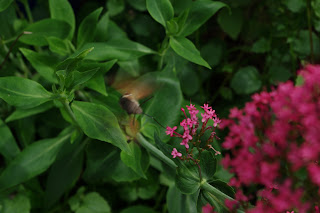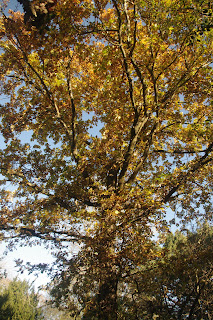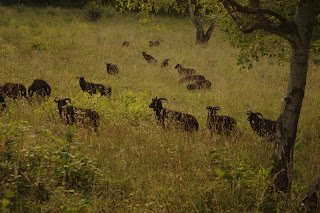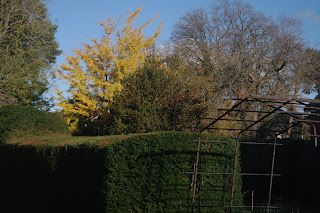As the year draws to a close the first bulbs are already starting to poke through the leaf litter. Well, in London at least; one of the milder parts of the country by virtue of being a 'heat bubble'. I think the metropolis is comparable to somewhere like Cornwall in the length of the growing season.
The end of my back garden is carpeted with Snowdrops in late January/early February. They are Galanthus 'Sam Arnot' I think. This variety was sold by mail order in the fifties and sixties by the Giant Snowdrop Company which perhaps explains how they came to be here. There must now be a couple of thousand and I would think they have increased considerably from the original planting.
Bulbs species multiply by offsets (i.e. bulbils that grow from buds on the mother bulb) and of course shed seed after flowering. I've read that Galanthus species do not set viable seed in UK conditions but I'm not so sure about that. The pattern of dispersal in my garden looks characteristic of self-seeding as well as 'clumping up'.
The standard (and good) advice for planting bulbs is to plant them at a depth at least several times the height of the bulb or deeper in some cases. Nonetheless I notice that wild and naturalised bulbs sometimes grow much closer to the surface, even on top of the soil as seen with the Snowdrops in the photo. That makes sense if we consider that the seed falls to the ground and geminates on or near the surface. Over time the 'contractile roots' of a bulb will actually pull it down to its preferred depth.
Then again bulbils often seem to push up to the surface. I wonder if that's because it makes the bulbils more likely to disperse from the mother bulb? Everything plants do serves some evolutionary purpose.

















































